Sign in to your ScreenRant account
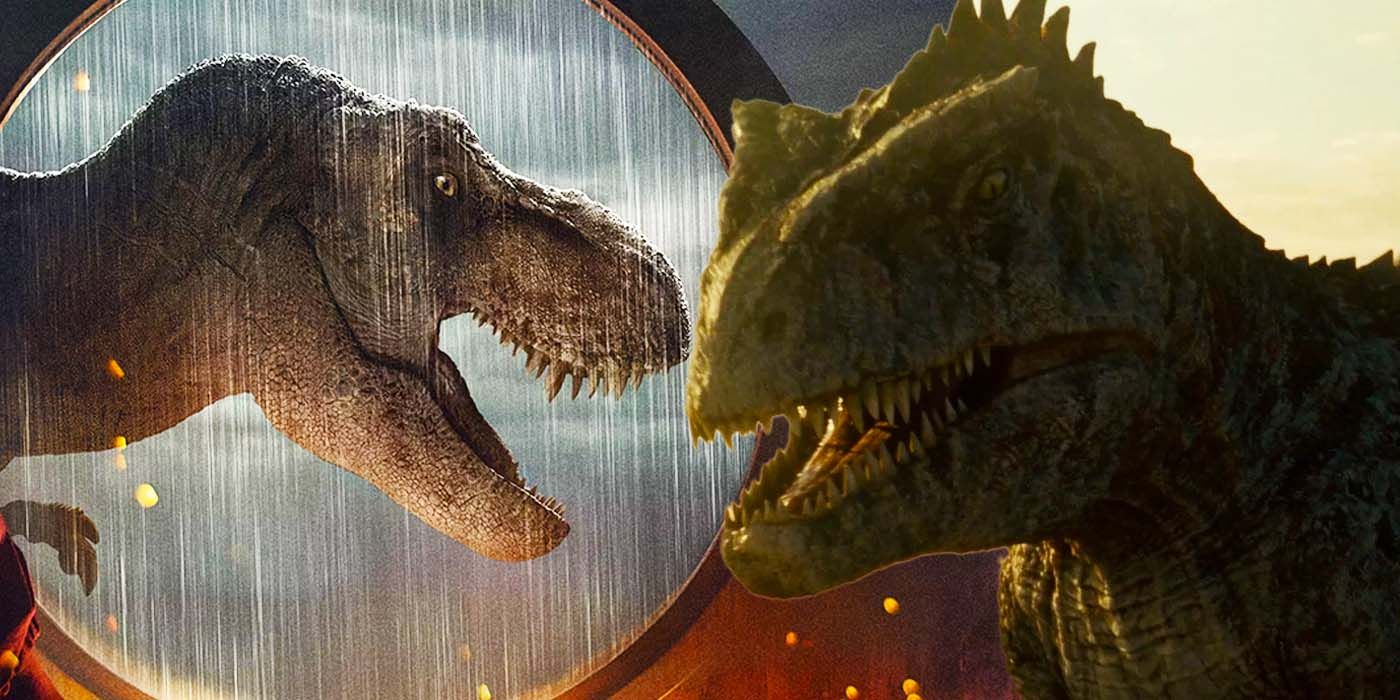
All the dinosaurs in Jurassic World: Dominion bring something unique to the movie, and across the film, Owen, Claire, and returning Jurassic Park characters Grant, Ellie, and Dr. Ian Malcolm face a variety of new prehistoric beasts (and some fan favorites from previous franchise entries). The third entry in the Jurassic World trilogy, and the sixth Jurassic feature overall, Domion released in 2022, four years after the debut of 2018's Jurassic World: Fallen Kingdom. Dominion seems to wrap up the Jurassic World trilogy and concludes many story arcs that began in 1993's Jurassic Park.
Following Fallen Kingdom's escape-focused ending, Jurassic World: Dominion combines characters from the franchise as they struggle in a world where dinosaurs reach the mainland. With the genetically modified creatures no longer restricted to a remote island or a contained facility, the world must decide the fate of these once-extinct beasts. Among several brand-new dinosaurs in Jurassic World: Dominion, there are also several returning species, such as the T-Rex and Jurassic World's friendly Velociraptor, Blue.
T-Rex
The Jurassic Park Staple Returned In Dominion
It wouldn't be a Jurassic film without a T-Rex, and of all the dinosaurs in Jurassic World: Dominion, this one remains the fan-favorite. The iconic predator is the unofficial mascot for the series, with its skeleton serving as the logo for the park both in real life and in films. Of all the T-Rexes in the franchise, none is more beloved than the first Rex from Jurassic Park. Dubbed "Rexy," this is the same T-Rex that fought the Indominus in Jurassic World and escaped into the wild at the end of Fallen Kingdom.
The fan-favorite T-Rex sees her arc conclude by the end of the movie too, finally getting revenge on the Giganotosaur who killed her 65 million years ago.
After years of survival, Rexy faces new challenges in Jurassic World: Dominion, which opens with a sequence set at a drive-in theater where she causes carnage while fleeing BioSyn helicopters. The fan-favorite T-Rex sees her arc conclude by the end of the movie too, finally getting revenge on the Giganotosaur who killed her 65 million years ago – a surprisingly satisfying end for a character who's a dinosaur.
Velociraptor
The Franchise's Smartest Dinosaurs Continue To Have A Strong Presence
After the T-Rex, the other most iconic dinosaur in the Jurassic franchise is undoubtedly the Velociraptor. Jurassic World introduced audiences to a specific raptor named Blue, who was trained from birth by Chris Pratt's Owen Grady. At the end of Fallen Kingdom, Blue escaped into the wild alongside a horde of other prehistoric beasts. Dominion takes Blue in a direction that many fans have found controversial, however.
While giving Blue offspring is no crime in itself, many have taken online to voice how convoluted the plotline around Beta and Blue played out.
Beta, another named Jurassic World: Dominion raptor, is Blue's daughter — produced asexually. While giving Blue offspring is no crime in itself, many have taken online to voice how convoluted the plotline around Beta and Blue played out. They felt the focus on sci-fi genetic science took up time that could have been spent on character development or more of the dinosaur action expected from a Jurassic World movie.
Pyroraptor
A New Feathered Dinosaur Joined The Franchise
One of the new dinosaurs in Jurassic World: Dominion ar the Pyroraptors, which generated a lot of buzz. These distinctive raptors are feathered in the movie. This is an interesting choice since Jurassic Park and Jurassic World dinosaurs aren't scientifically accurate. Their design is normally less avian and more reptilian, as they were once thought to be before advances in paleontology and genetics led to a better understanding of dinosaur physiology.
The Pyroraptor can't claim any prizes for historical accuracy, however, as in the movie it's portrayed as an agile swimmer — something there's no evidence for in real life. Like many of the dinosaurs in Jurassic World: Dominion and other films in the franchise, the Pyroraptor didn't technically exist in the Jurassic period. Pyroraptors actually existed during the Cretaceous period, a few million years after the Jurassic era.
Mosasaurus
The Most Terrifying Dinosaur Ever To Grace The Ocean
One of the breakout stars when it comes to the newest dinosaurs in Jurassic World: Dominion, the Mosasaurus quickly became one of the most iconic animals in the entire franchise, even getting to kill the mutant Indominus Rex. It also holds the distinction of being the first of the park's residents to break free and leave the island behind. The Mosasaurus is still cruising the oceans in Dominion, capsizing a crabbing boat and consuming the crew at the beginning of the movie.
Archaeologists believe that the Mosasaurus could grow to be around 17 meters, which makes it among the biggest Jurassic World: Dominion dinosaurs. Like the Pyrosaur, it existed in the Createcous period, specifically during the Campian and Maastrichtian eras. The first Mosasaurus fossil was discovered in 1764, and was initially mistaken for a whale. The fossil still exists today, and can be viewd at the Teylers museum in Haarlem.
Atrociraptor
The Velociraptor's Antagonistic Cousin
Since Blue and Owen's arc meant Jurassic World's Velociraptors need to be more relatable than they were in Jurassic Park, the shoulder-height pack-hunter position in Jurassic World: Dominion is filled by the Atrociraptor. Atrociraptors are portrayed as one of the more dangerous dinosaurs in Jurassic World: Dominion, primarily because they're pack hunters and have the cunning intelligence most raptor species share. Larger and more brutish than Blue and other Velociraptors, Atrociraptors are one of the carnivores Owen has to avoid while racing through the streets of Malta on a motorbike.
Atrociraptors belong to the same family of dinosaurs as the Velociraptors, making them an ideal replacement in Dominion's high-octane bike chase scene. While not as widely known as Velociraptors, Atrociraptors co-existed with them during the Cretaceous Period. They grew to around 6.6ft in length, making them a similar size to Velociraptors despite the difference in scale between the two dinosaurs in Jurassic World: Dominion.
Allosaurus
The Prehistoric Carnivore That Terrorizes Malta
The carnivorous Allosaurus made its debut in Jurassic World: Fallen Kingdom, where at least five examples of the species made it back to the mainland alive. One of these surviving Allosaurus was purchased in the film's dinosaur auction, and another was observed doing battle with a stubborn Nasutoceratops in the short film Battle at Big Rock. In Jurassic World: Dominion, several of the Allosaurus can be seen causing carnage in Malta after the dinosaur black market is raided by authorities.
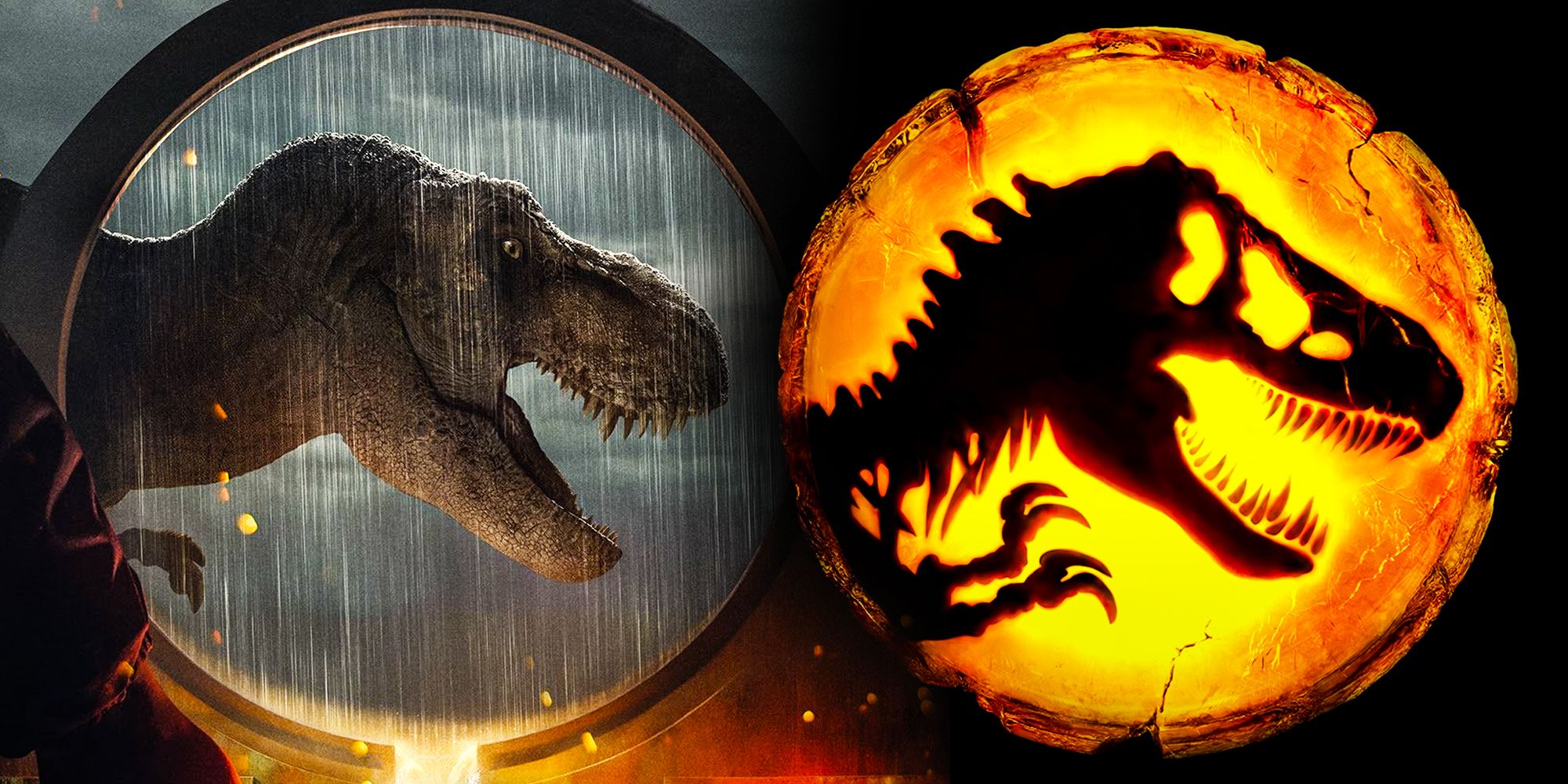
Related
Dominion Recreates Jurassic Park's Logo In The Most Cringeworthy Way
Jurassic World Dominion found a way to recreate the classic Jurassic Park logo in the final act. However, its execution was extremely cringeworthy.
The Allosaurus is one of the dinosaurs in Jurassic World: Dominion that actually existed during the Jurassic era, predating the likes of the Atrociraptor, Velociraptor, and Tyrannosaurus Rex by several million years. At its largest, an Allosaurus could grow to around 28ft, though despite this impressive size it's still only just above half the size of a larger T-Rex. One aspect of the Allosaurus that made them particularly terrifying is that their teeth are serrated, guranteeing each bite from prey will remove a significant amount of flesh.
Carnotaurus
The Cretaceous Predator That (Almost) Matches The T-Rex
The other deadly predator unleashed on the streets of Malta after the dinosaurs at the black market in Jurassic World: Dominion are liberated is the Carnotaurus. While not quite the same level of apex predator as the mighty T-Rex, Carnotaurus still dominated food chains across South America during the late Cretaceous period. The Carnotaurus may be smaller than a T-Rex, but they tower over the panicked citizens of Malta in Dominion — a fact these carnivorous horned predators use to their grizzly advantage.
A real Carnotaurus could grow anywhere up to 26ft in length, making them around the same size as an Allosaurus but still nowhere near as big as a T-Rex. Carnotaurus and Tyrannosaurus both existed at roughly the same point in the Late Cretaceous period around 72-69 million years ago, and outside of Rexy, they're definitely one of the most deadly dinosaurs in Jurassic World: Dominion (despite the movie not quite showing their full potential). Carnotaurus had a notably muscular neck for a predator of its size and build, which paleontologists believe may have been used for fighting others of its species with head-bashing instead of bits.
Quetzalcoatlus
A Flying Dinosaur That Preys On Planes
There aren't many flying dinosaurs in Jurassic World: Dominion, but the 2022 movie chose an incredibly iconic one to focus on — Quetzalcoatlus, a Cretaceous period dinosaur that is believed to have emerged towards the end of the era of the T-Rex. Quetzalcoatlus was a behemoth flying pterosaur, the same family as the Pterodactyl. Quetzalcoatlus, however, was much larger, a fact leveraged in one of Jurassic World: Dominion's intense CGI sequences when one tries to take down a plane.
It's clear judging by Quetzalcoatlus size that they're one of the largest flying dinosaurs, and so far there have been no species discovered that outsize it. They were thought to have a wingspan of just over 36ft, which is more than large enough to make air travel infinitely more hazardous in the dinosaur-inhabited Earth of Jurassic World: Dominion. Quetzacoatlus were discovered relatively recently compared to some of the other dinosaurs in Jurassic World: Domion, with the first fossils only being unearthed in Texas in 1971.
Therizinosaurus
The Terrifying Clawed Predator From Pre-History
One Jurassic World: Dominion scene that harks back to the tension Jurassic Park mustered involves Claire Dearing hiding from the terrifying Therizinosaurus. This predator has a distinct appearance, sporting long claws that could reach over 3ft — thought to be the longest of any animal that's walked the Earth to date.
Therizinosaurus was comparable in size to Tyrannosaurus Rex, and the pair teamed up at the climax of Jurassic World: Dominion to take on the fearsome Giganotosaurus.
Therizinosaurus existed in the Cretaceous era, though it is thought to have possibly slightly pre-dated the T-Rex. They could grow to around 33ft in length, making them one of the largest bipedal land-based dinosaurs in the Jurassic World or Jurassic Park franchises. Despite their fearsome appearance, paleontologists believe that Therizinosaurus weren't carnivores, and fed mostly on plants, particularly the foliage from trees.
Giganotosaurus
The Rival To The T-Rex With An Incredibly Appropriate Name
If Rexy is the Godzilla of the Jurassic World franchise, then the monstrous Giganotosaurus is its King Ghidorah. The Giganotosaurus is set up as an antagonist for the T-Rex to take on in an epic dinosaur fight at the end of Jurassic World: Dominion, and Rexy isn't able to best the titanic carnivore without assistance from a Therizinosaurus. It's unsurprising that even a T-Rex struggled to take on this Jurassic World dinosaur, as they could grow to around 43ft in length, making them roughly the same size.
While every predatory dinosaur in Jurassic World: Dominion is fearsome, Giganotosaurus is in a league of its own. They were larger than Tyrannosaurus Rex and had mouths full of 8-12-inch teeth, which they could drive into the flesh of their prey with a bite strength of over 35,000 Newtons. The T-Rex vs Giganotosaurus was one of the most impressive Jurassic World: Dominion dinosaur fights, but the two didn't coexist in real life. Giganotosaurus last roamed the earth around 99 to 95 million years ago, long before the first T-Rex emerged.
Dilophosaurus
The Fan-Favorite Frilled Dinosaur Returns In Dominion
Many fan-favorite characters from Jurassic Park make a return to join the roster of Jurassic World: Dominion dinosaurs in the 2022 movie. This isn't just limited to humans, however. The frilled Dilophosaurus, infamous for killing hapless industrial espionage-botching failure Dennis Nedry in Jurassic Park, is back. This venom-spitting dino doesn't break form either, continuing its tradition of ending Jurassic antagonists' lives when a pack of them set upon Jurassic World: Dominion's human villain Lewis Dodgson.
Much like the Allosaurus, the Dilophosaurus is one of the few Jurassic World: Dominion dinosaurs that's actually from the Jurassic era rather than the cretaceous period. They existed around 186 million years ago, making them older to dinosaurs like the T-Rex than the T-Rex is to humanity. Dilophosaurus were first discovered in Arizona in 1940. While their frills are definitely intimidating, Dilophosaurus had a notabaly weak bite even for a dinosaur of their size, leading paleontologists to believe they were scavengers rather than predators.
Triceratops
A Trike And Its Adorable Baby Make For A Heartwarming Dominion Moment
After an injured Triceratops captured audience's hearts in Jurassic Park, "Trikes" are back in Jurassic World: Dominion for an equally emotional moment. With dinosaurs roaming the world again, dino black markets have become a lucrative source of income for many criminal elements. One scene shows one of these illegal operations in Malta. Among the caged dinosaurs is a family of Triceratops, including an adorable baby Trike.
Outside of the T-Rex, the Triceratops is arguably the most easily-recognizable of the Jurassic World: Dominion dinosaurs, and one of several species that instantly jump to mind when discussing the prehistoric beasts thanks to their prominence in op culture. They existed around 68-66 million years ago and were wiped out during the Cretaceous-Paleogene extinction event. The Triceratops first appeared in the franchise in Jurassic Park, and they've been a staple of the series ever since.
Nasutoceratops And Sinoceratops
A Two-Horned Cousin Of The Triceratops
The Nasutoceratops, a relative of the famous three-horned Triceratops that featured in Jurassic Park, made its Jurassic World debut in the short film Battle at Big Rock, where it battled an Allosaurus. The creature returns in Jurassic World: Dominion, using its massive weight and horns to flip jeeps like they were made of paper. A herd of Nasutoceratops and Triceratops, along with three-horned Sinoceratops, get panicked and start to stampede after a fleet of Dinosaur Protection Group vehicles disturbs them.
Nasutoceraptops predated their Triceratops cousins significantly. While both existed in the Cretaceous era, Nasutoceratops existed between 76 to 75 million years ago, around 10 million years before the first recorded evidence of Triceratops. There was possibly some overlap between the Trikes and Sinoceratops, as Sinoceratops existed 73 million to 66 million years ago. Sinoceratops is a relatively recent discovery in the world of paleontology, having only been identified in 2008.
Parasaurolophus
The Herbivores Owen Herded During Dominion's Opening
During his first scenes in Jurassic World: Dominion, Owen Grady is chasing a pack of Parasaurolophus through the Sierra Nevada mountains on horseback. This herbivore lived in herds and could reach top speeds of 25mph, according to some paleontologists. Like many of the dinosaurs in Jurassic World and Jurassic Park, the Parasaurolophus didn't exist during the Jurassic period but lived in the late Cretaceous era, 65 million years later.
While the Parasaurolophus seems like prime prety for a T-Rex, they actually existed several millions of years earlier, with the species believed to have been present between 76 million and 73 million years ago. They were first identified in 1922 after a skull and bone fragments were discovered in Alberta. Of all the Jurassic World: Dominion dinosaurs, Parasaurolophus was depicted the most inaccurately, as those seen in the movie were far too small. The real dinosaur could reach around 30ft in length, far larger than the beasts being chased by Owen in the Dominion opening.
Apatosaurus
A Replacement For The Brachiosaurus
It wouldn't be a Jurassic franchise movie without a long-necked dinosaur that would dwarf an elephant. In Jurassic World: Dominion, this post was almost taken exclusively by the Apatosaurus. Although smaller than the Brachiosaurus seen in Jurassic Park, the Apatosaurus is still a massive herbivore that fills all characters present with awe.
Apatosaurus can claim to be one of the Jurassic World: Dominion dinosaurs to actually exist in the Jurassic period. They last roamed the earth a staggering 154 to 150 million years ago, and occupied the region of the globe that is now North America. Apatosaurus could reach a colossal 75ft in legnth and weighed well over 20 tons. They were first discovered in 1909, though were initially mistaken for Brachiosaurus until a full skeleton was discovered which revealed a stockier and denser bone structure.
Dreadnoughtus
The Largest Dinosaurs In Existence
While dinosaurs like the Brachiosaurus and Apatosaurus dwarf the largest wildlife existing on earth in the present day, they are far from the largest to have existed. The biggest Jurassic World: Dominion dinosaur, the Dreadnoughtus, could easily outsize Jurassic Park's Brachiosaurus, and was so large that it almost defied comprehension. Dreadnoughtus is believed to be the largest land animal not only to ever have existed, but that is calculable based on scientific understanding of biology and physics.
Dreatnoughtus' name means "fear nothing"
An adult Dreadnoughtus can reach 85ft in length and weigh more than 65 tons. They also weighed an astounding 48-49 metric tons. If anything bigger were discovered, it would break everything known about the upper limits of the natural world. Appropriately for a beast with no equal in size, Dreatnoughtus' name means "fear nothing", a fact that's highlighted in Dominion.
Jurassic World Dominion Features New And Returning Dinosaurs
There Were More Dinosaurs In Dominion Than In The Other Jurassic Movies
Jurassic World: Dominion features one of the most impressive rosters of dinosaurs in any Jurassic movie to date, and many of them are new to the franchise. Behemoths like Dreadnoughtus and Giganotosaurus pushed the size of on-screen dinos in the franchise to new limits. The introduction of the Pyroraptor and Atrociraptor meant Owen's Velociraptors could fully be positioned as lovable, albeit misunderstood and very much still carnivorous, protagonists.
Then, there were visually striking additions, such as the long-beaked plane-fighting Quetzalcoatlus and clawed Therizinosaurus, that ensure Dominion will be distinct in the franchise for something other than its mixed reception on release. It wasn't only new dinosaurs, though. Jurassic World: Dominion is the final movie in the Jurassic World trilogy, a fact it attempted to celebrate by reintroducing a score of characters, and dinosaurs, from the first Jurassic Park in 1993.
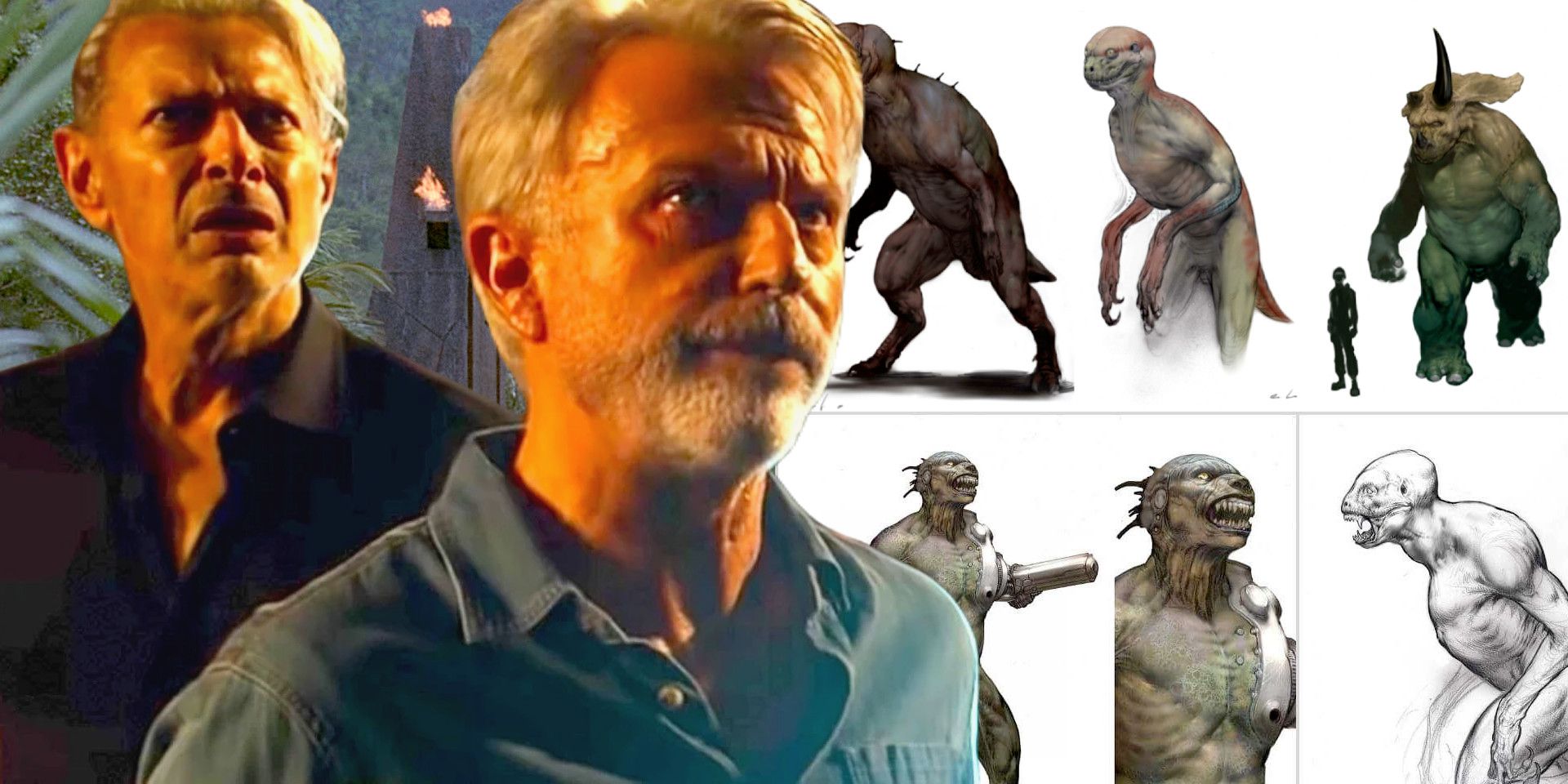
Related
Jurassic World Dominion Ignored The Series’ Best Unused Idea
Jurassic World Dominion was criticized for its poor plot, but one discarded element from the canceled Jurassic Park IV could have changed everything.
Alongside Alan Grant and Ellie Sattler, fan-favorite dinosaurs from Isla Nubar's ill-fated first park, such as the Dilophosaur and Triceratops, are back in Jurassic World: Dominion. So are many of Jurassic World's own established mainstays, like the aquatic Mosasaurus. And the two dinosaurs that stole the show in Jurassic Park are back for Jurassic World: Dominion — despite nearly three decades passing, it's the T-Rex and Velociraptor competing for the title of audience's most loved prehistoric predator.
Which Jurassic Park Dinosaurs Aren't In Dominion?
The 2022 Movie Was Missing Several Franchise Favorites
There is no shortage of Jurassic World: Dominion dinosaurs, both new and returning from the previous Jurassic World and Jurassic Park movies. However, not every dinosaur previously seen in the series returned, and there are several notable missing exceptions, such as the Stegosaurus. Some of these had appeared in multiple movies in the franchise too, making their absence somewhat notable for the most ardent fans.
Gallimimus | Jurassic Park, The Lost World: Jurassic Park |
Brachiosaurus | Jurassic Park, Jurassic Park III, Jurassic World: Fallen Kingdom |
Composognathus | The Lost World: Jurassic Park, Jurassic Park III, Jurassic World: Fallen Kingdom |
Mamenchisaurus | The Lost World: Jurassic Park |
Pachycephalosaurus | The Lost World: Jurassic Park, Jurassic World |
Pteradon | The Lost World: Jurassic Park, Jurassic Park III |
Stegosaurus | The Lost World: Jurassic Park, Jurassic Park III, Jurassic World, Jurassic World: Fallen Kingdom |
Ankylosaurus | Jurassic Park III, Jurassic World, Jurassic World: Fallen Kingdom |
Ceratosaurus | Jurassic Park III |
Corythosaurus | Jurassic Park III |
Spinosaurus | Jurassic Park III |
Dimorphodon | Jurassic World |
Indominus Rex (note - this was a fictional dinosaur) | Jurassic World |
Pternadon | Jurassic World, Jurassic World: Fallen Kingdom |
Baryonyx | Jurassic World: Fallen Kingdom |
Indoraptor | Jurassic World: Fallen Kingdom |
Stygimoloch | Jurassic World: Fallen Kingdom |
Dominion Wasted All The Dinosaurs
Instead, It Focused On The Human Cloning Plot
With so many thrilling dinosaurs included in the movie, it makes it all the more frustrating that Jurassic World: Dominion wastes nearly all of them. Despite the huge box office numbers, the Jurassic World movies have never been able to capture the magic of 1993's Jurassic Park. However, Jurassic World: Dominion was a particularly bad end because it had the opportunity to use the dinosaurs in a way the franchise had been teasing for years.
Jurassic World: Fallen Kingdom might have made for a far-fetched ending by doing so, but setting the dinosaurs loose in the world could have created an exciting third movie. It is hard to imagine why Jurassic World: Dominion then decided to focus on the cloning plot and locusts before setting the climax in yet another park. Battle at Big Rock showed how thrilling it could be to see a Jurassic World movie in which humans and dinosaurs share the same planet.
Apart from the opening of the movie and the Malta sequence, Jurassic World Dominion ignored the best ideas for what was possible with this story. Jurassic Park movies have always had a message about the dangers of tinkering with biology, but exploring it through sci-fi human cloning wasn't needed. Amazingly, it feels as if the Jurassic World: Dominion filmmakers forgot the principal reason audiences wanted the movie: the dinosaurs.
Which Jurassic Park Film Had The Most Dinosaurs?
Jurassic World: Fallen Kingdom Had The Most Dinosarus
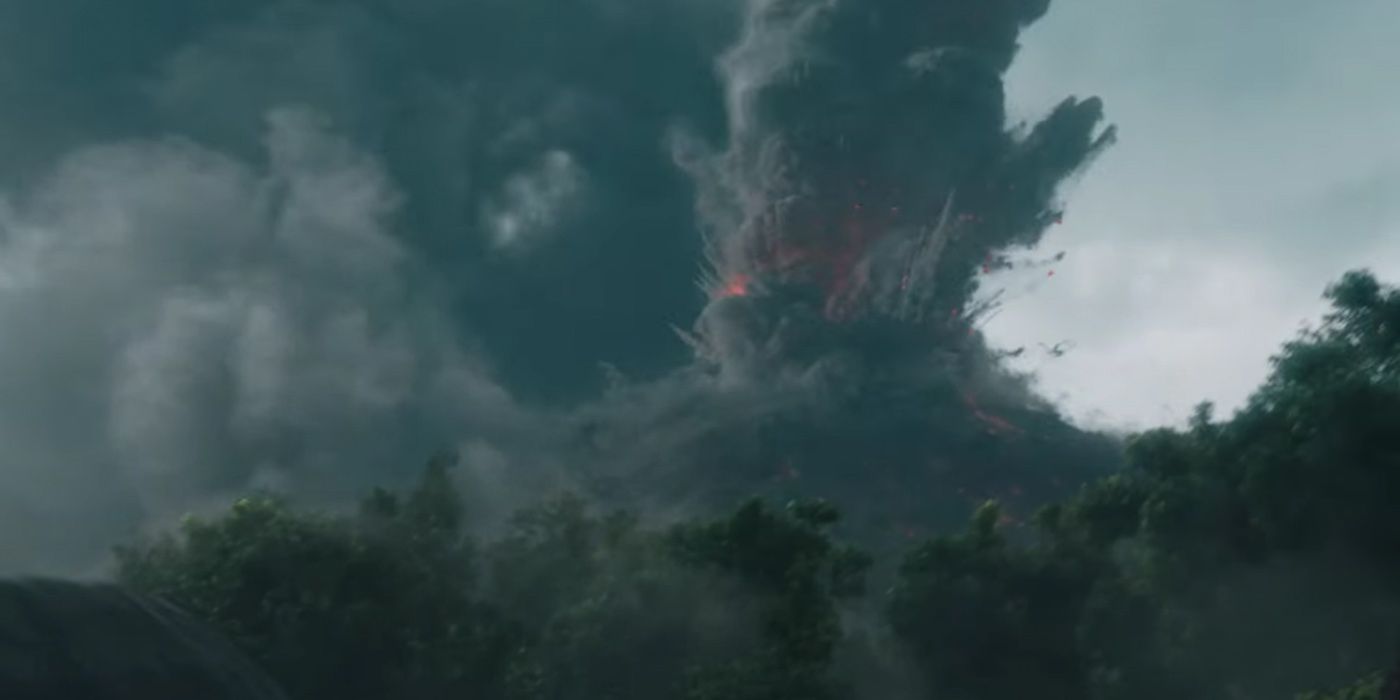
Jurassic World: Dominion has more dinosaurs than any other movie in the franchise, and it isn't even close. There were seven dinosaurs featured in Jurassic Park, 10 in The Lost World: Jurassic Park, and 12 in Jurassic Park III. Those three movies only shared four dinosaurs between them all, the Velociraptor, Tyrannosaurus, Triceratops, and Parasaurolophus. Those four are also the only dinosaurs to appear across all six films.
Things started off a little normal in Jurassic World, but then things went wild after that. Jurassic World featured 13 dinosaurs, only one more than the previous movie. However, Jurassic World: Fallen Kingdom decided to throw as many dinosaurs as possible into the mix, with 18 different dinosaurs. The film introduced new dinosaurs like the Allosauus, Baryonyx, Indoraptor, Sinoceratops, and Stygimoloch to the franchise. According to J.A. Bayona, it made it difficult to fit in all the dinosaurs (via motionpictures.org):
“There are scenes where we had so many dinosaurs in the same frame, we had to make the frame bigger.”
With such a big jump in dinosaurs, Jurassic World: Dominion decided to trump all the other movies. The film shockingly had 33 different dinosaurs, introducing 12 that had never been seen before in the Jurassic Park franchise.
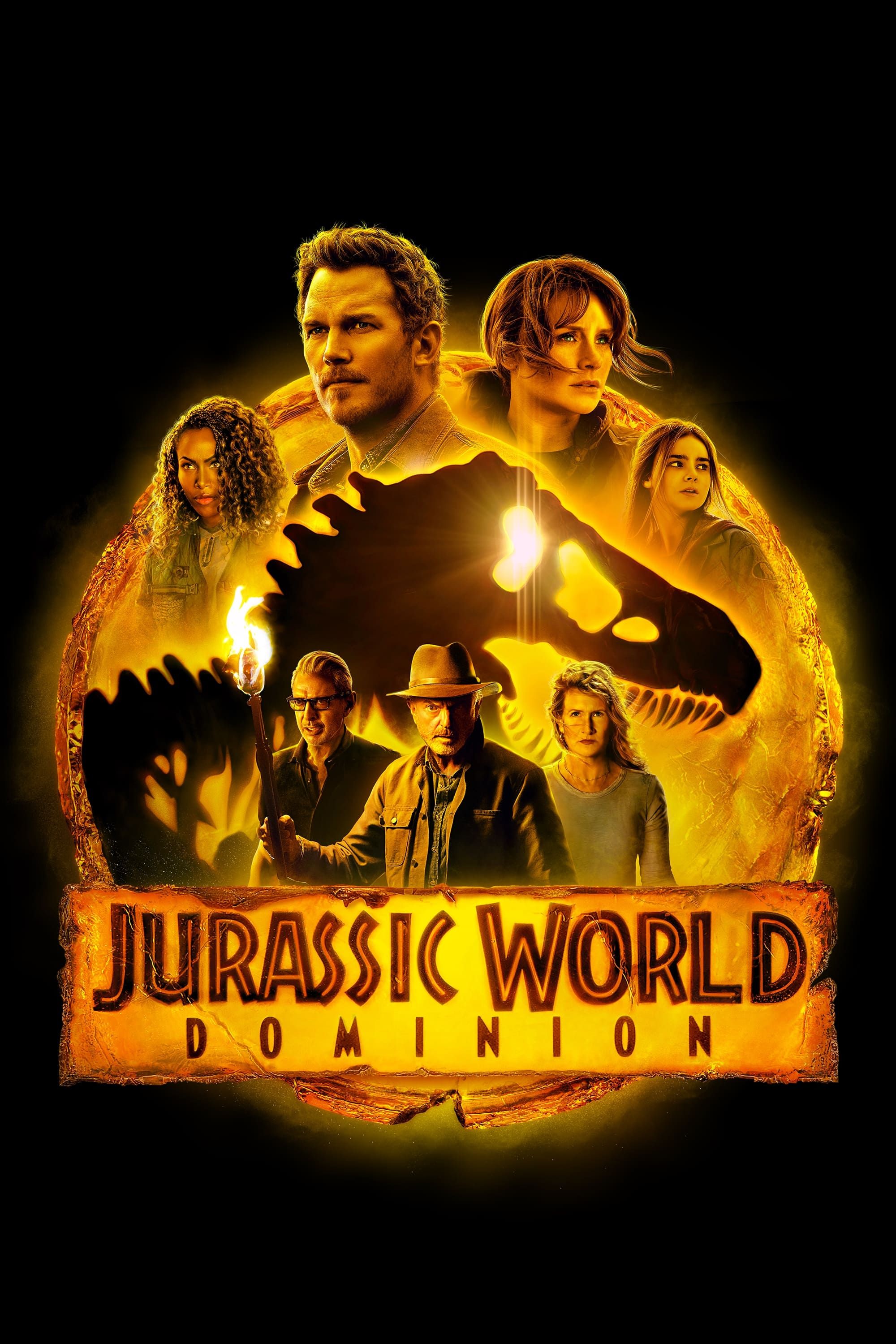
Four years after Isla Nublar was destroyed in Jurassic World: Fallen Kingdom, Jurassic World: Dominion concludes the Jurassic World trilogy. Dinosaurs once again walk the earth, now alongside humans, and Claire Dearing and Owen Grady live in isolation protecting the granddaughter of Sir Benjamin Lockwood, the former partner of John Hammond, the two who started the events that kicked off Jurassic Park. However, when Blue, the trained Velociraptor from Jurassic World, shows up at their cabin with its newborn, Owen and Claire soon discover that the Biosyn Corporation is pursuing the dinosaurs. The two will have to join other series regulars to uncover the truth of Biosyn's ulterior motives.
Director Colin Trevorrow
Release Date June 10, 2022
Studio(s) Universal Pictures
Writers Emily Carmichael , Colin Trevorrow

![How WWE's Bo Dallas Is Keeping His Brother Bray Wyatt's Memory Alive [Exclusive]](https://static1.colliderimages.com/wordpress/wp-content/uploads/2024/11/playlistwysickappsofar_ntwk_rev_1-5efeea815a48b7cbf59e864cf75d5d6c.jpg)


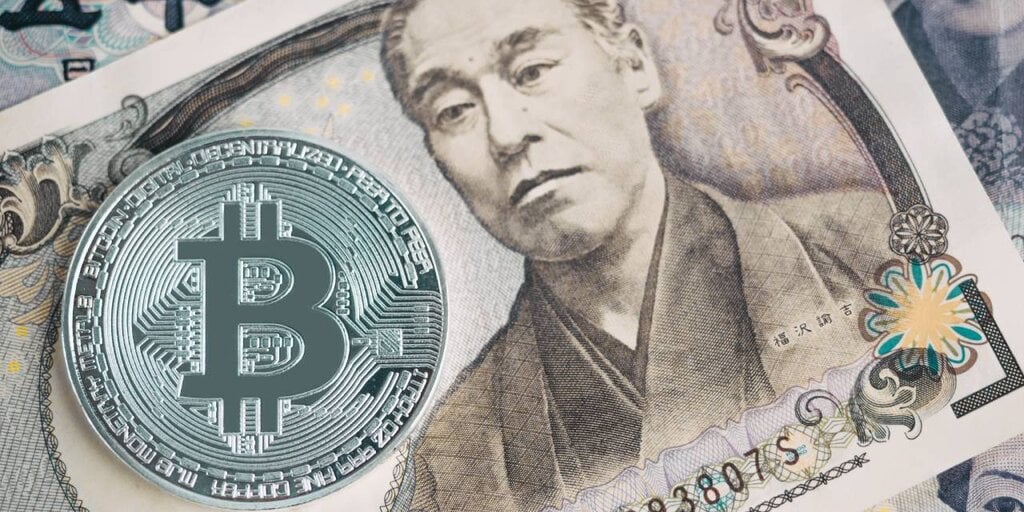
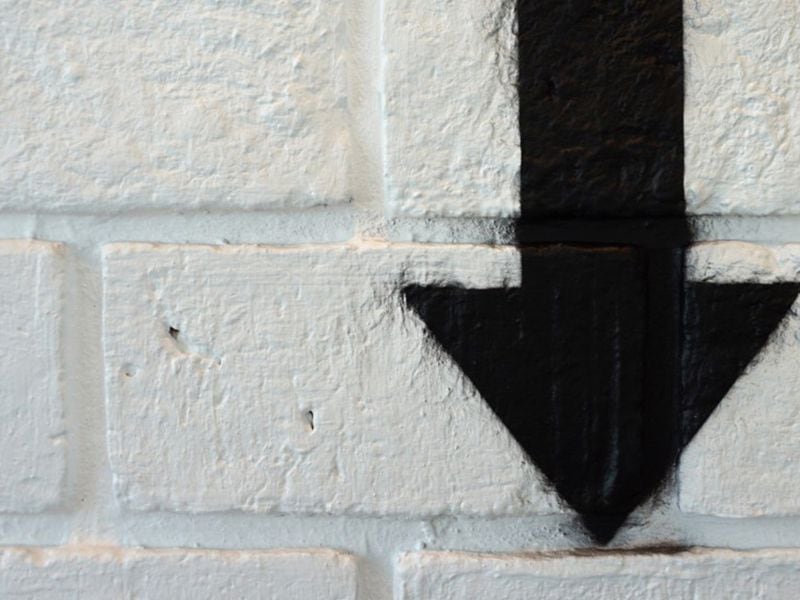
:quality(85):upscale()/2024/11/04/810/n/1922564/da875c20672911f51e8a59.58915976_.jpg)


 English (US) ·
English (US) ·